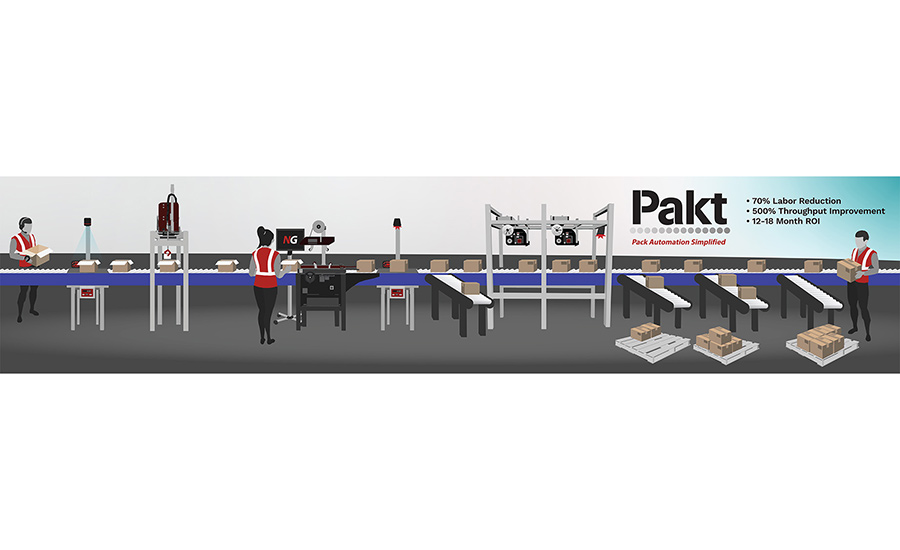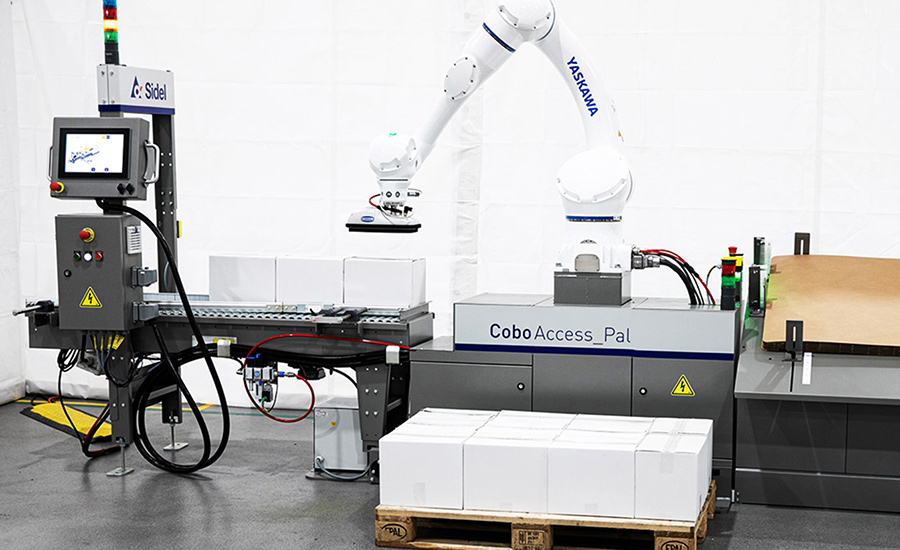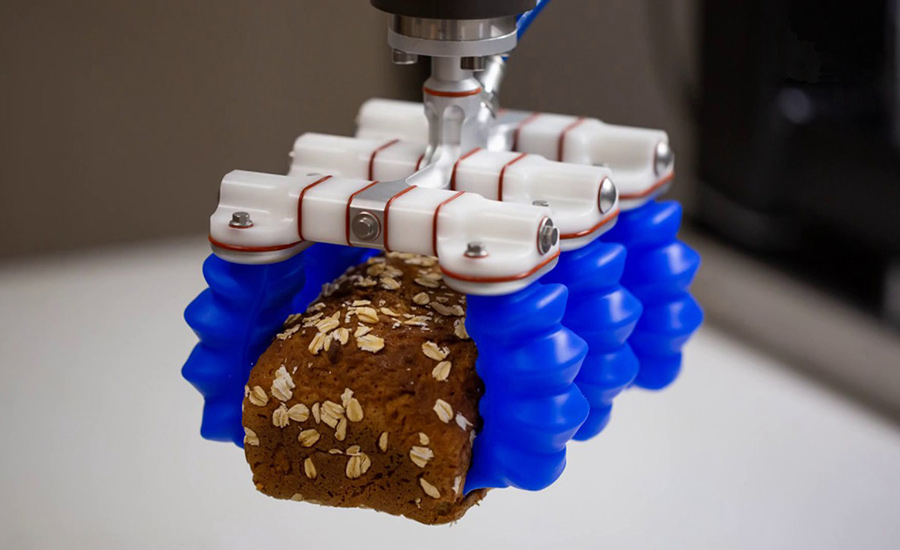The Numina Group, which bills itself as “Warehouse Automation Experts,” likens fulfillment to a triathlon in that it has three events — picking, packing and shipping — all of which potentially could be aided by automation.
However, one problem is that, after automating the picking process, the bottleneck often merely shifts to packing and shipping. This pinch point prevents companies from realizing any building-level throughput improvements achieved by optimizing order picking.
The picking productivity increase may solve one direct labor problem, but in doing so, it creates another. The company will now have to find space and people for manual pack & ship stations to accommodate the improved picking productivity.
Numina says this begs the question: Why are packing and shipping automation solutions so scarce compared to picking automation solutions?
“Traditionally, warehouse operations seeking automated pack-and-ship functions have had to approach integrators to develop customized solutions that are static and specific to their operations,” Numina notes. “Due to the nature of these customizations, these solutions are overly expensive, have long lead times to implement, are inflexible when it comes to adding capacity or capabilities, and become hard to support.”
Simply stated, Numina says, “pack and ship automation has never been ‘productized.’”
“The fact of the matter is there is still a tremendous amount of non-value-added labor being incurred in both packing and shipping that should be automated out of the operation,” Numina said. “We have seen a disproportionate amount of warehouse optimization projects solely focused on picking when we know full well that true warehouse optimization only occurs when there is a steady, consistent flow across each of the three functional areas.”

Courtesy of The Numina Group
That is why Numina announced earlier this year that it was launching Pakt™, a fully productized pack and ship automation solution that is purpose-built for fulfillment operations. Details of Numina’s automation solution can be found here.
Other Challenges
Packaging Strategies also talked to Chris Caldwell, Product Manager for Yaskawa Motoman, about some of the biggest challenges in packaging and how robotic technologies and equipment are helping to solve those problems.
“One of the biggest challenges in packaging today is the increased need for flexibility and adaptability with regards to batch sizes, personalization, and product variety,” Caldwell said. “As with many manufacturing applications, the packaging industry is suffering from a labor shortage while simultaneously trying to support a dramatic shift and increase in demand for custom packaged products and orders of mixed products.

Courtesy of Soft Robotics
“Not all solutions are able to pick up the variety of products unique sizes, shapes or weights. Modern, more intelligent hardware can detect the product type, adjusting the robot posture or grip to its size in order to be more effective.”
Additionally, Caldwell notes: “Creating solutions that are highly flexible with minimal downtime for switchovers results in more efficient solutions. In many cases, solutions can allow for simultaneous processing of mixed products, effectively eliminating product mix related downtime. One of the keys to meeting these new challenges is to define and understand the scope of work while also defining what ‘success’ is for a given robotic implementation.”

Courtesy of Yaskawa
Caldwell says one noteworthy trend is the increasing complexity and flexibility of End of Arm Tooling (EOAT), enabling the handling of a wider variety of products with more dexterity and less potential for damage to food goods.
“Wider adoption of smart grippers that may include multiple types of gripping technology or adaptive technology similar to Soft Robotics’ mGripTM is allowing robots to safely and efficiently pick and pack food products with increasing throughput and efficiency,” Caldwell notes.
Caldwell cites as another trend the “wider adoption of collaborative robots to supplement and empower existing workforce in light of the current labor struggles,” offering Sidel’s CoboAccess™_Pal — a cobotic palletizer — as a great example of the move toward collaborative robots.

